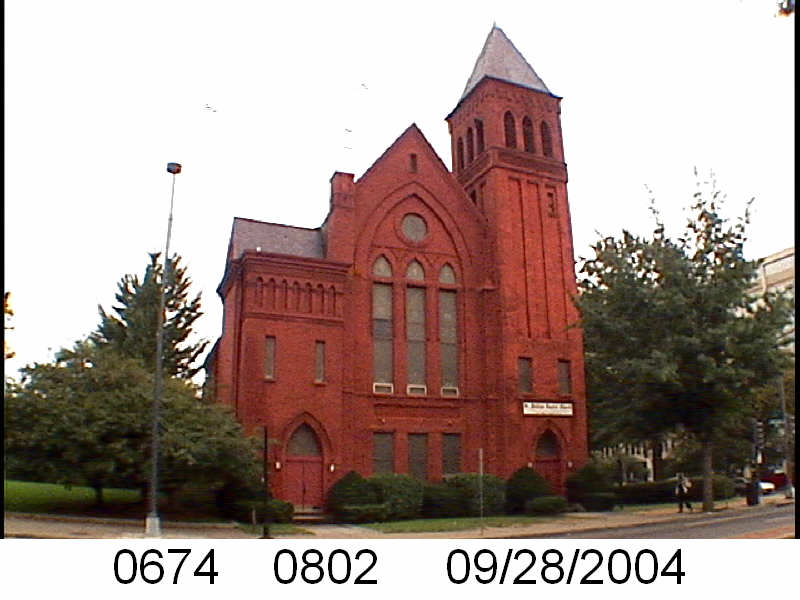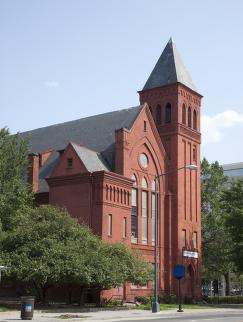Welcome back to my series where I plug in the address of a Washington Sanitary Improvement Co rental home in the Library of Congress’ Chronicling America newspaper search and see what relevant articles come up. If I feel like it, I’ll look at the Washington Post/Washington Star search in ProQuest. Then we’ll see what pops up. I’ll leave it to you to make up your own story.
In the 1920s a manager or distributor of the Washington Times lived at 141 Bates, so there were too many posts related to newspaper promotions. Also it appears a resident of 141 Bates owned 1234 R.I. Ave NE, as there are classified ads about it. I’m leaving out a number of 1920s posts.
Wanted- Miscellaneous– Evening star, February 18, 1908, Page 16 – “WANTED AT ONCE 3 FEATHER BEDS will pay a good price. Address Mrs. LUND 141A Bates st.”
Deaths-White– The Washington Times, August 15, 1911, LAST EDITION, Page 14. Infant (8 days old) Leonard Avery of 141 Bates street northwest, died.
Deaths Reported– Evening Star, August 15, 1911, Page 7. Leonard Avery, 8 days, 141 Bates street northwest.
Deaths Reported– Evening Star, March 28, 1914, Page 7. Franz K. Hild, 1 year, 141 Bates street northwest.
Enemy Aliens Who May Be Banished from the District– The Washington Times, December 11, 1917, FINAL EDITION, Page 6– Very anti-immigrant news. A tailor named Joseph Offenbacher, 38, 141 Bates street NW, lived here for 3 years and was outed as being Austro-Hungarian, along with many other resident aliens.
27 Austrians Seek Standing of Citizenship– The Washington Herald, December 11, 1917, Page 14. Austrian butcher, George Schweirier of 141-a Bates street northwest sought citizenship.
Police News- Auto Hits Streetcar– The Washington Herald, July 30, 1919, Page 3. Frank Hill of 141 Bates street northwest had his car damaged when he and a streetcar collided at 6th and Mass Ave NW.
Jackie Coogan Club Forms Today– The Washington Times, November 26, 1923, Page 4. 141 Bates street northwest was a branch location where kids could get a Jackie Coogan button.
Movie Tickets to be Given Today– The Washington times, December 04, 1923, Page 9. 141 Bates street northwest was listed as a substation where children presenting 8 coupons got a ticket to the Jackie Coogan movie “Long Live the King.”
Times Plan is Educational for Boys– The Washington Times, February 13, 1924, Page 2. C. Reinhard was listed as a Washington Times branch manager at 141 Bates street northwest.
Times Gives Children Chance to See ‘Bread’– The Washington Times, July 26, 1924. Part of a promotion for a Metro-Goldwyn film. Donate a loaf of bread and get a free ticket. 141 Bates street northwest was listed as a location.
Bread Is The Staff Of Life– The Washington Times, July 26, 1924, Page 5; July 31, 1924, Page 10; July 28, 1924, Page 5; Part of a promotion for a Metro-Goldwyn film. Donate a loaf of Dad’s Bread and get a free ticket. 141 Bates St. N.W. was listed as a location.
Many Loaves of Bread Given– The Washington Times, July 29, 1924. 141 Bates street northwest was a Times branch location where people could drop off bread for movie tickets. Bread would go to the Salvation Army.
‘Sallies’ Give Bread to the Needy– The Washington Times, July 28, 1924, Image 13. Part of a film promotion in partnership with a charity to provide bread to the poor. 141 Bates street northwest was a drop off location.
Boys! Play Ball. Here’s a Gift You’ll Appreciate– The Washington Times, April 21, 1925, Page 16. Baseball ball and mitt give away for 10 subscriptions. 141 Bates St. rear was a branch location.
Star Boys Club Again to Have Section to View Big Leaguers– Evening Star, September 03, 1926, Page 26. Robert Hild of 141 Bates street was a new member of the [Washington] Star Boys Club.
Three Brothers Out for Free Trips to Fight– The Washington Times, September 03, 1926, Page 2. Max Kaplan of 141 Bates street northwest was supposed to be an entrant for a contest.
Deaths-Wolfe, Willis T. – Evening Star, April 08, 1941, Page A-6. Husband of Lucy and father of Charles M. died at home on April 6, 1941. Home being 141 Bates st. n.w.
Deaths Reported– Evening Star, April 08, 1941, Page B-18. Willis T. Wolfe, 80, 141 Bates st. n.w.
Miscellaneous for Sale-Wheel Chair– Evening Star, June 22, 1941, Page E-6. Some one at 141 Bates St NW was selling a wheelchair.
Deaths Reported– Evening Star, July 17, 1942, Page A-12. Lucy A. Wolfe, 61, 141 Bates st n.w.
District Traffic Deaths Rise to 66 as Man Hit by Streetcar Dies– Evening Star, October 12, 1944. James H. Porter, 31, of 141 Bates street N.W. was a streetcar operator.
Personal– Evening Star, October 19, 1944, Page B-16. “I WILL NOT be responsible for debts incurred by anyone except myself. JOSHUA E. ROSE, 141 Bates st. n.w.”

Man Killed by Car of Policeman In Probe of Earlier Auto Death– Evening Star, June 16, 1948. Stuart J. Gay, 34, of 141 Bates St N.W. died crossing Baltimore Blvd at Murkirk in PG Co. Gay was a Merchant Marine veteran and was in service during WWII. He had
lived in Washington for the last 11 years. He was native of Charlottesville, VA. He worked as a carpenter there before coming to Washington. Gay was survived by his widow. Trosy Gay, and three daughters; Frances, 14; Sylvia, 12, and Jacqueline, 5.
Hacker Killed by Police Car After Probe of Earlier Fatality– Evening Star, June 16, 1948. Stuart J. Gay, 34, of 141 Bates street N.W. death.
Policeman Cleared in Traffic Fatality– Evening Star, June 25, 1948, Page A-14. Stuart J. Gay, 34, of 141 Bates St N.W. was struck crossing Baltimore Washington Blvd.
Miscellaneous For Sale– Evening Star, August 06, 1950, Page E-4. Resident of 141A Bates st. n.w. selling a radio for $10.
Marriage License Applications– Evening Star, August 19, 1954, Page B-14. Harold Freeman, 18, 141 Bates st n.w. and Jo Stewart, 18, 1364 1st st s.w.
Deaths-Wilson, Eva L.– Evening Star, October 25, 1954, Page A-18. Eva L. Wilson died after a lengthy illness at 141-A Bates st. n.w.
Auction Sales- Thos. J. Owen & Son, Auctioneers– Evening Star, December 20, 1961, Page C-16; December 15, 1961, Page D-7. Auction for Sq. 552 lot 35 (141 Bates St NW), appears minimum price was $8,000.



